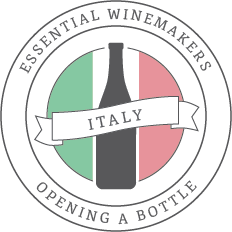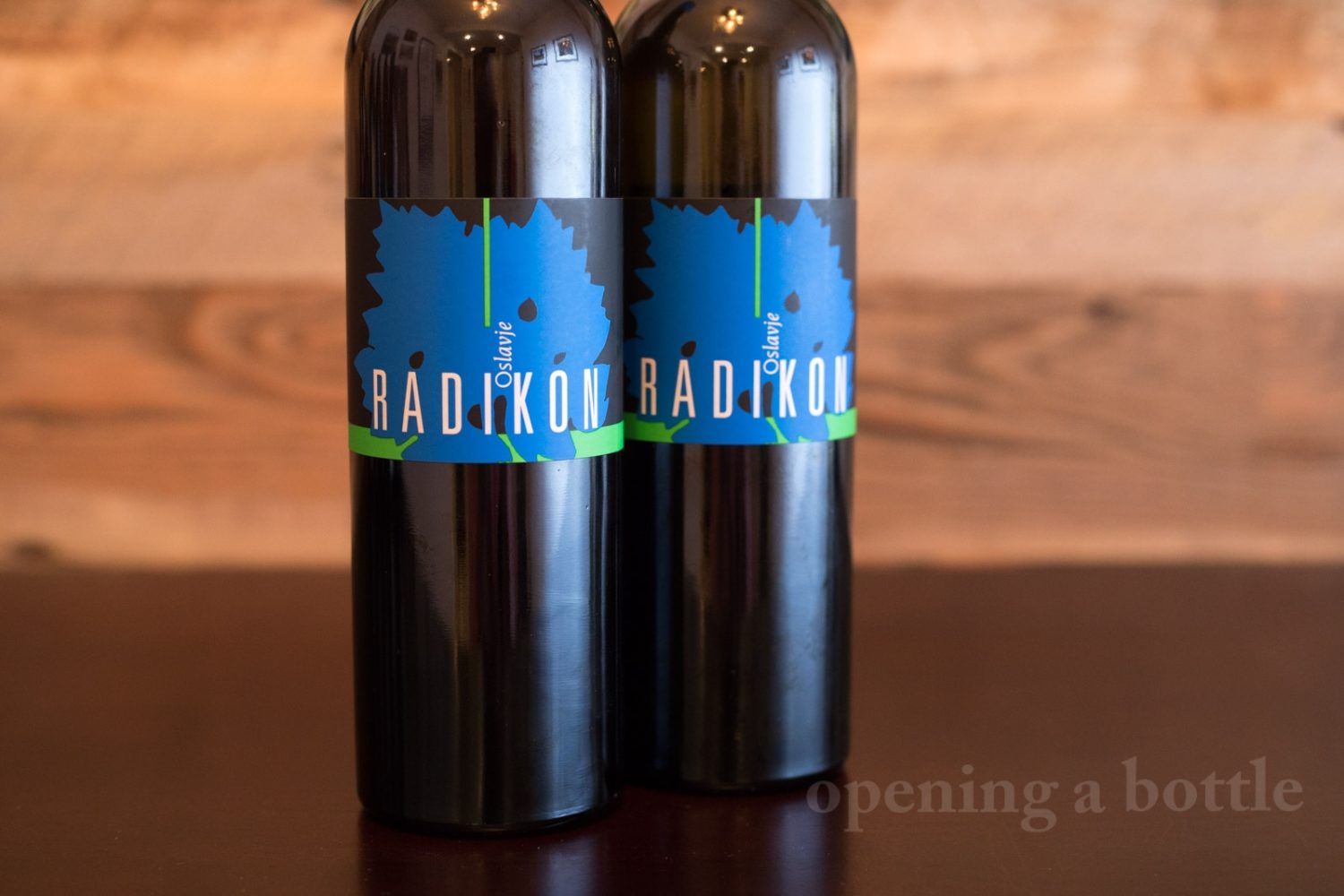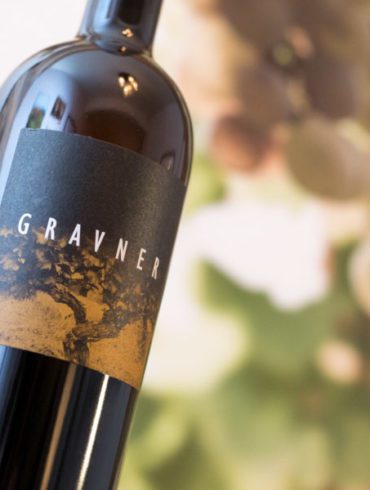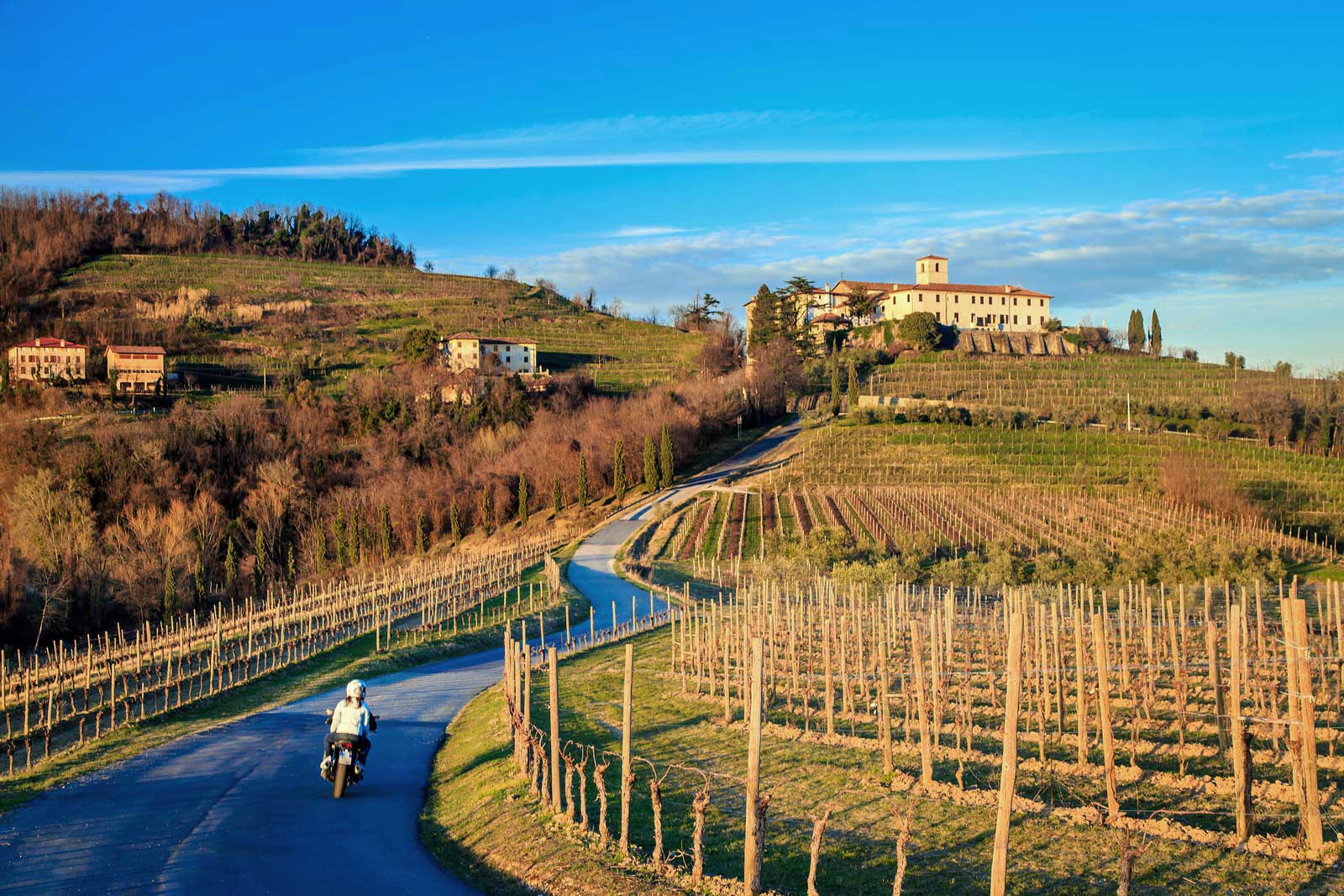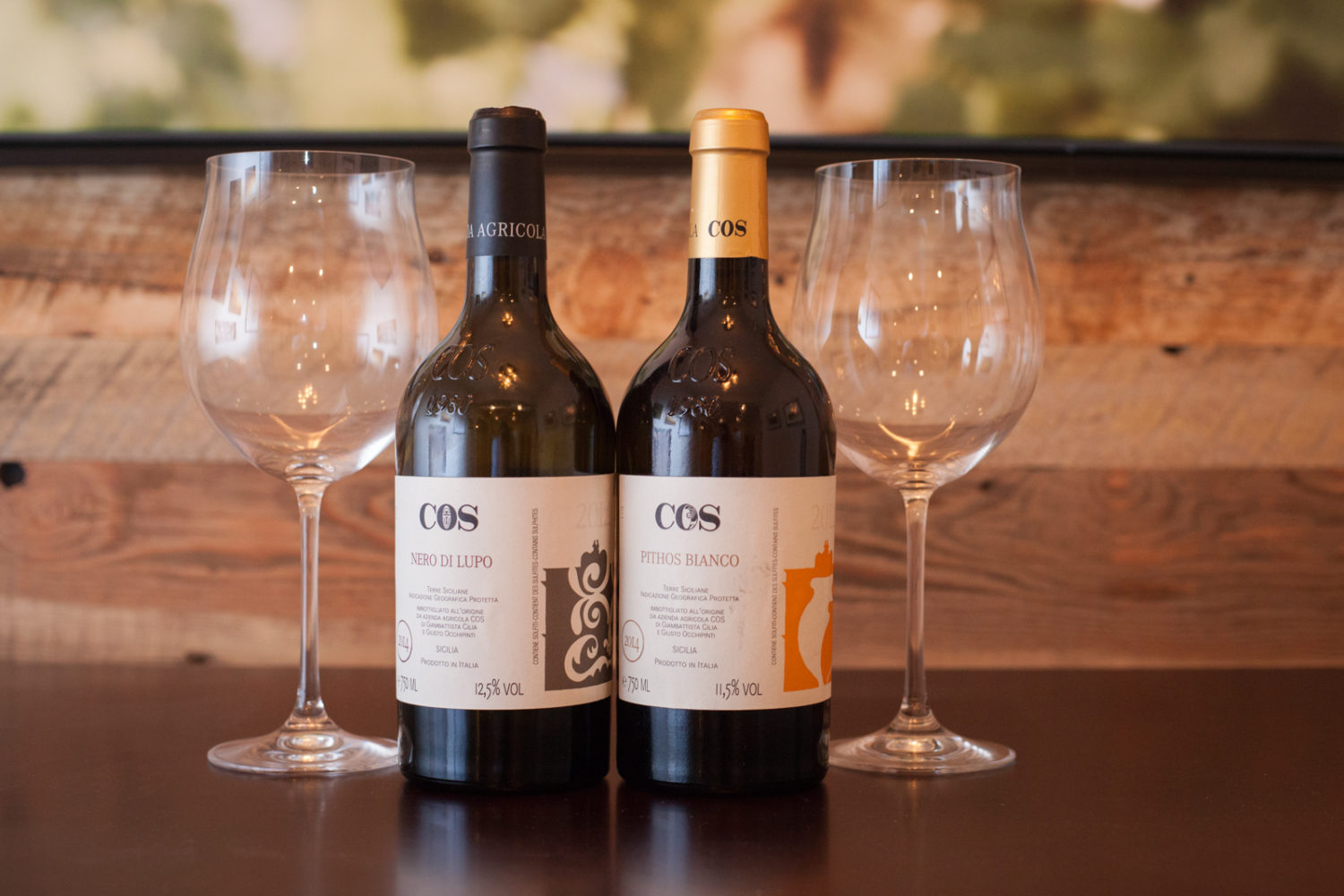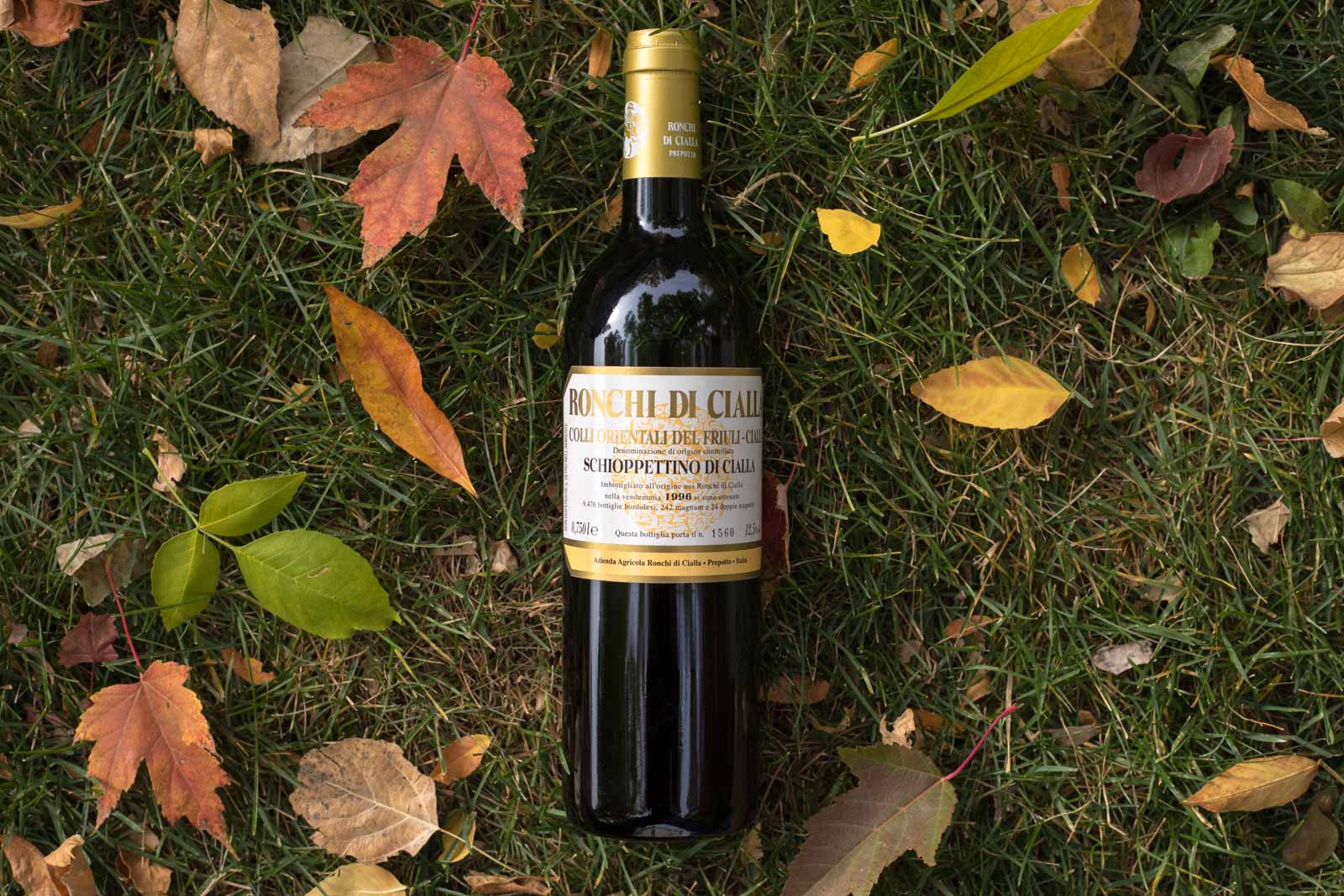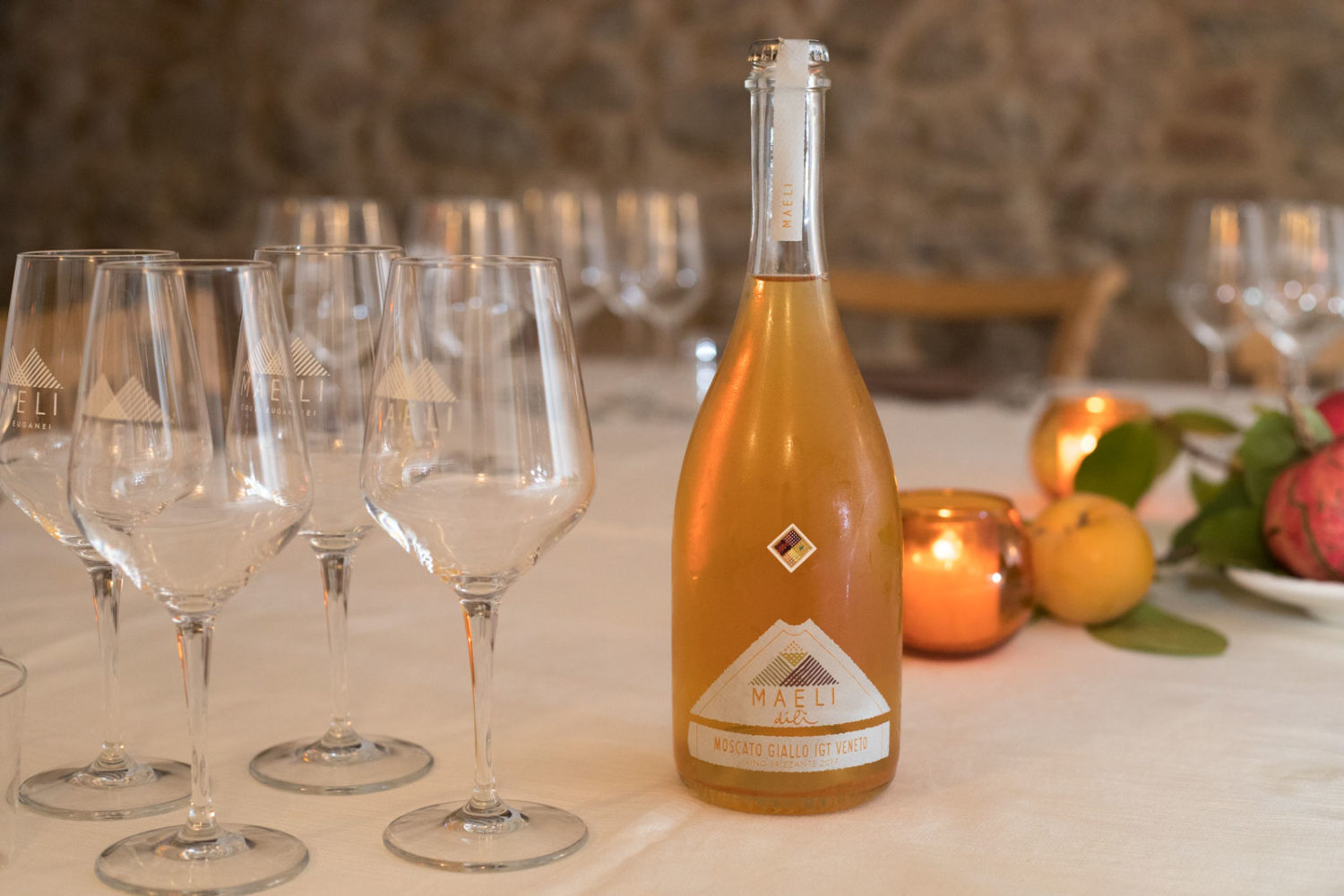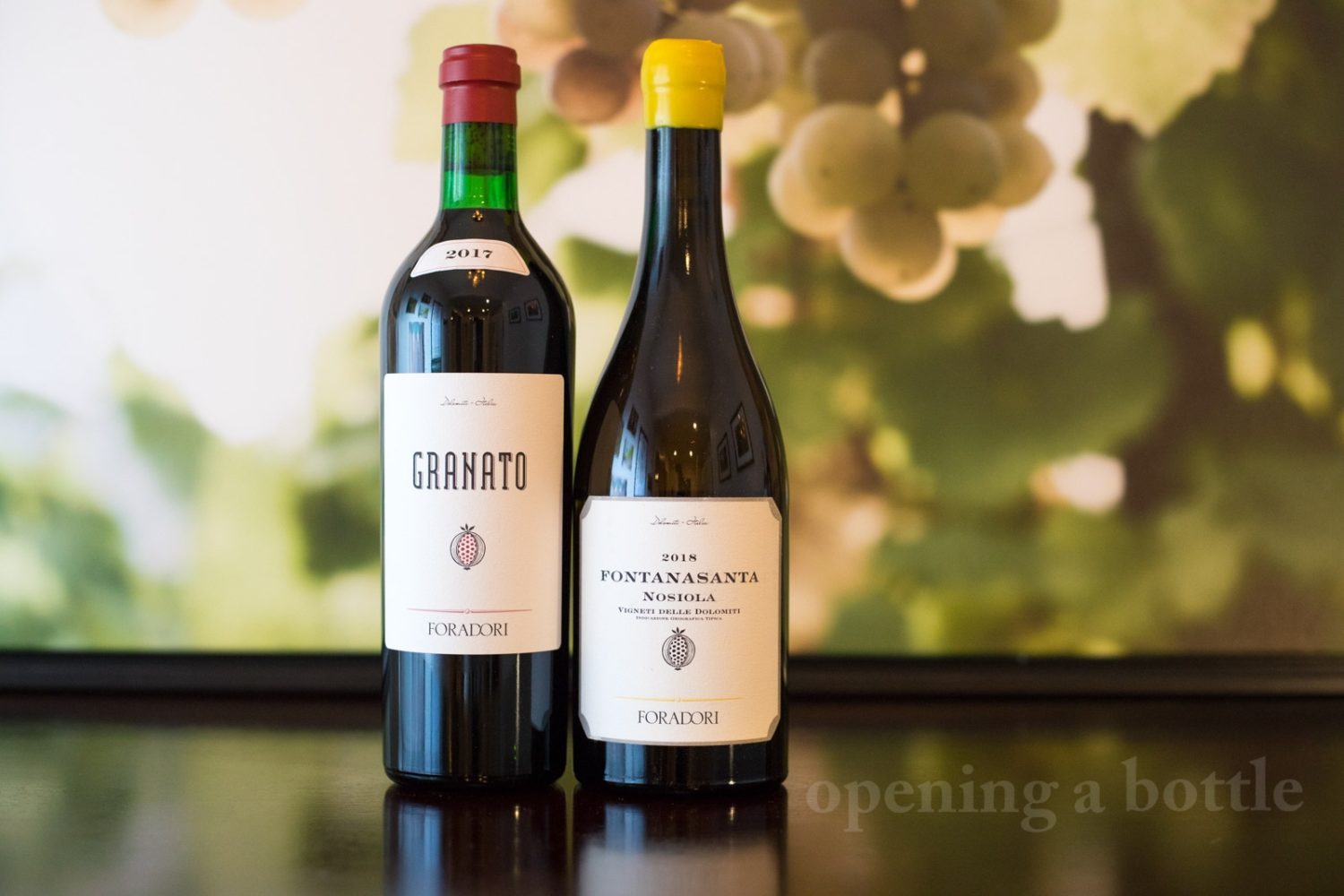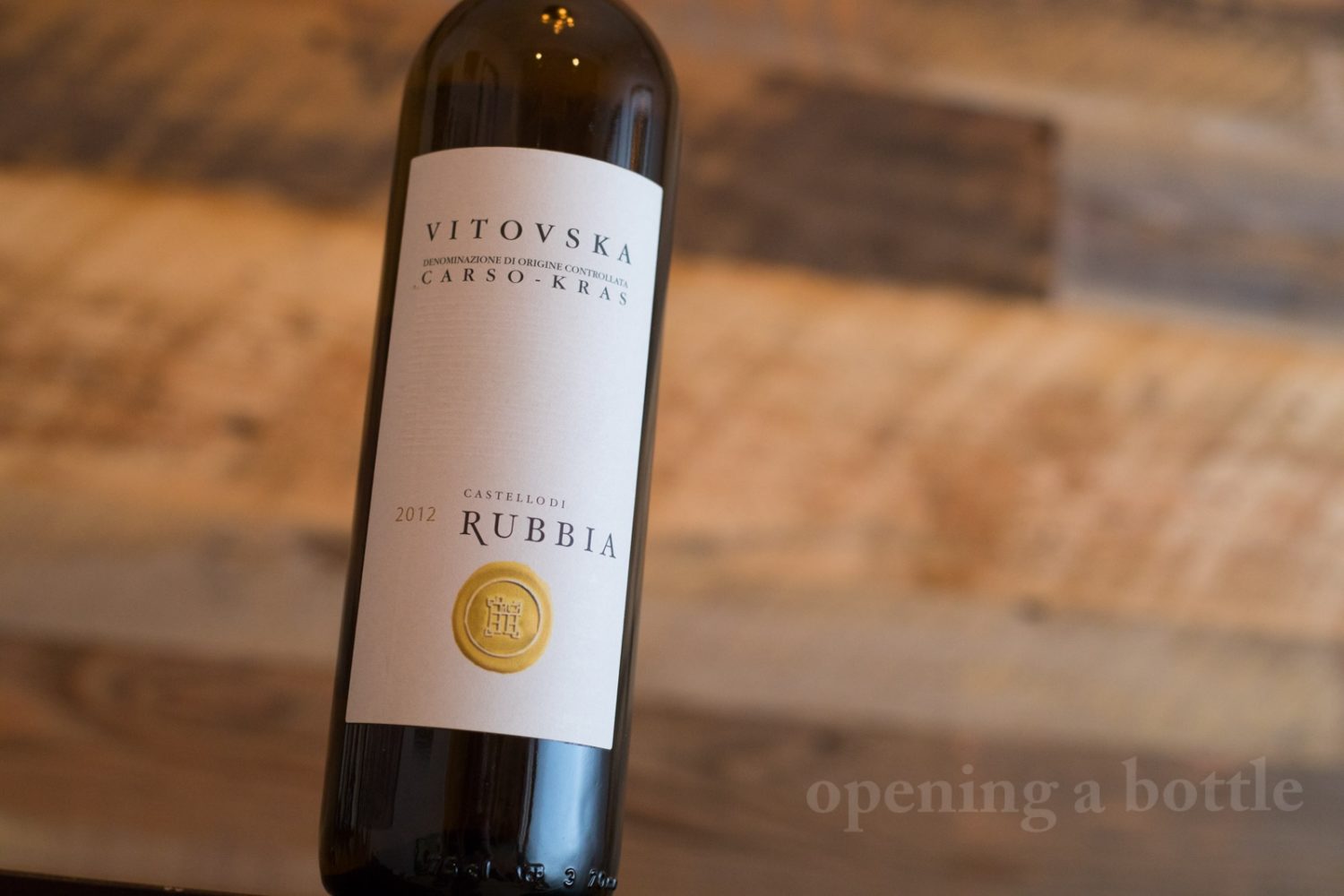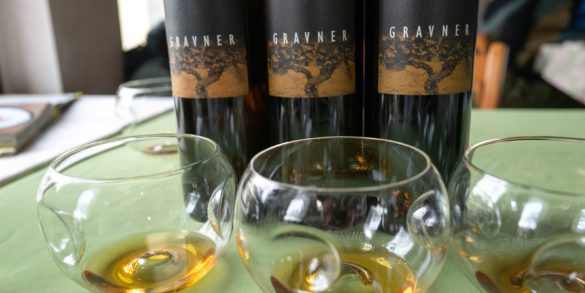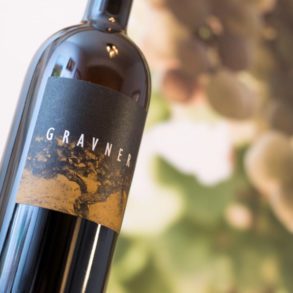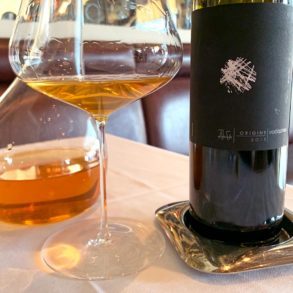Radikon
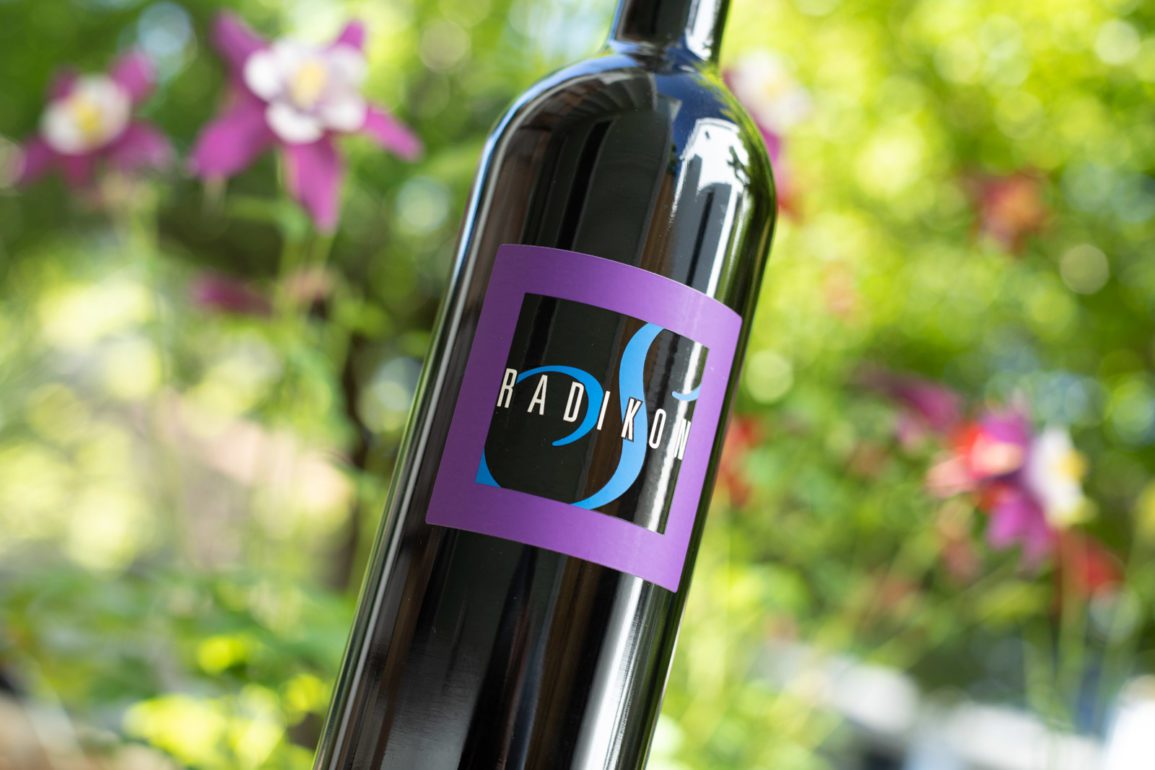
Why Radikon is Essential
For wine obsessives, "orange wine" — or more accurately described, macerated white wines — can be a divisive subject, in large part because so many of them are made haphazardly, resulting in rustic textures and unrefined aromas. But if the winemaker strikes the proper balance — as Saša Radikon routinely does — they can be over-the-edge thrilling.
I consider this small family estate to be among the world's best at this craft, and in the very top tier among Italian winemakers. This is in part because of the mind-bending complexity of fruit tones in their wines. Sure, you notice floral and savory elements, even leather and earth, but it is the cornucopia of citrus, berries and stone-fruit that prove to be most layered and seductive. Looking over my tasting notes through the years, it is clear that Radikon makes me fumble for my words. Aromas have question marks behind them. One word declaratives are followed by an exclamation point. And no less than five different fruits are written down each time. These wines come to play.
So what's their secret? A combination of ardent natural vine management and traditional winemaking, for one. Saša Radikon's father, Stanko, gave up all chemical use in the vineyards when Saša was very young, and the organic way is pretty much the only way for him. But the whole premise of creating skin-contact white wines — whose novelty borders on gimmickry in some areas of the wine world — is to carry on the tradition of previous generations. This sliver of Friuli (and parts of Slovenia across the border) have a long history of orange wines, and just down the road, another legend — Josko Gravner — shares the spotlight. While the two producers are often mentioned in the same breath, their wines are dramatically different. Gravner works with clay amphorae, while Radikon works exclusively with oak casks. Both produce some of the most spectacular, show-stopping wines in Italy, but in the wines of Radikon, I find an easy gracefulness that matches any mood. The wines may be a little cloudier, a little less powerful than Gravner's, but the follow-through is so sumptuous and subtle, I often prefer them.
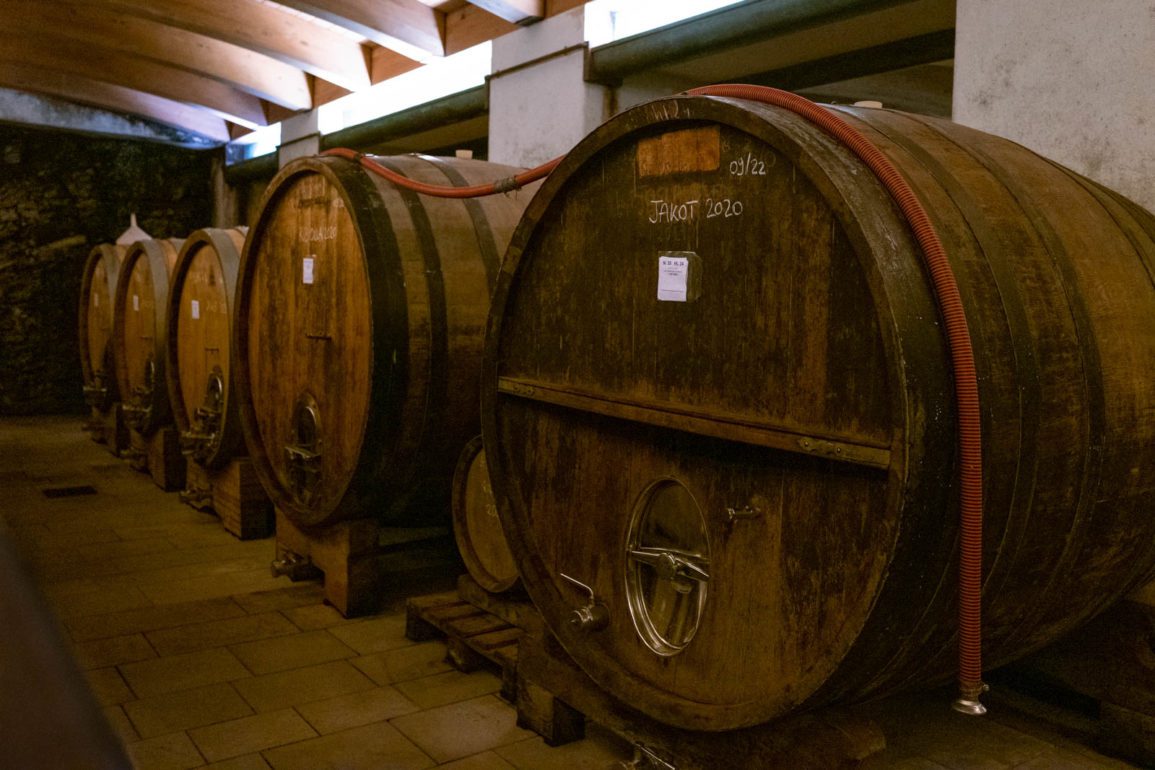 Aging in large oak casks is a hallmark of Radikon's wild, textural wines. ©Kevin Day/Opening a Bottle
Aging in large oak casks is a hallmark of Radikon's wild, textural wines. ©Kevin Day/Opening a BottleOslavia, Friuli Venezia-Giulia
Grapes: Ribolla Gialla, Chardonnay, Merlot, Pinot Grigio
Appellations/Cru: Venezia-Giulia IGT
American Importer: Louis/Dressner
Originally listed: November 2018
Renewed: January 2023
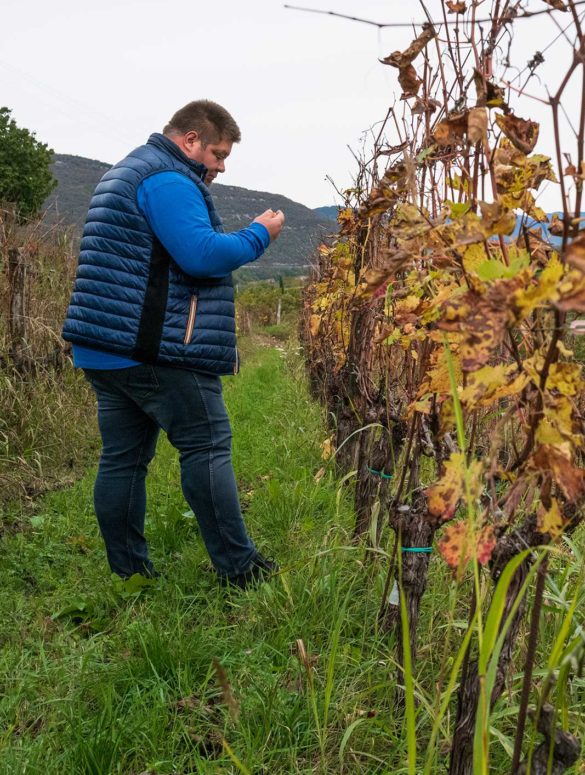 Saša Radikon in his vineyard near Oslavia. ©Kevin Day/Opening a Bottle
Saša Radikon in his vineyard near Oslavia. ©Kevin Day/Opening a Bottle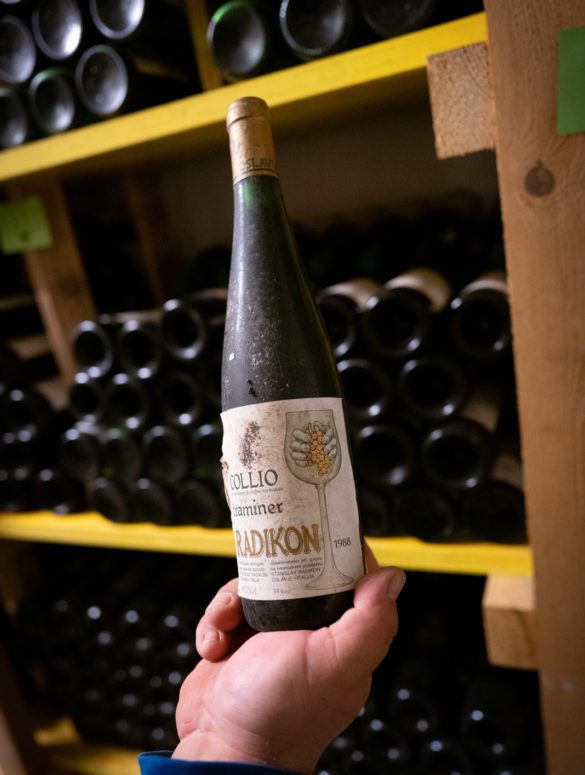 One of Stanko Radikon's first vintages. ©Kevin Day/Opening a Bottle
One of Stanko Radikon's first vintages. ©Kevin Day/Opening a BottleWines to Seek Out
For Radikon's iconic orange wines, macerations can be between 30 days and several months, occurring in large, 3000-liter wood vats. They're then aged in smaller barriques of considerable age (up to 50 years) to get a desirable oxygen exchange without oak's prominent flavor influence. Because of the skin contact, they feel no need to use sulphur.
While the macerated white wines get all the attention, Radikon also makes a red from Merlot. They break their wines into three lines: Selections (riserva wines from special vintages), Radikon's Blue (the "normale" wines) and the S Range (which focus on shorter maceration times). Below is just a sampling of what to look for.
Radikon S "Sivi" Venezia-Giulia
With its profuse fruit aromas suggesting a marriage of ripe peach, watermelon and strawberry, Radikon's "Sivi" is, in a word, sumptuous. The name comes from the local dialect for Pinot Grigio, which lends the wine its striking rose-orange color. This wine is also quite versatile: serve it just below room temperature if you want to do a little aroma wheel study, or chill it down more as a summer patio sipper. Sivi's precise and juicy acidity makes it highly adaptable.
Radikon S "Slatnik" Venezia-Giulia
Comprised of 80% Chardonnay and 20% Friulano, "Slatnik" fills every corner of the senses with tones recalling macerated cherries, baked orange peel, roses, lemon oil and leather. But most impressive of all is the inexhaustible energy on the palate — like a marathon runner reaching the 26th mile and asking for the starting line again.
Radikon "Oslavje" Venezia-Giulia
Sauvignon Blanc and Chardonnay are the most recognizable white wine grapes in the glass, unless you are talking about this 50-50 blend with a rusty-rose color and waves of aromas suggesting cherries, apricot and bitter tangerine, as well as hints of rum raisin and violets. The tension between tartness, bitterness and sweetness on the palate lends the wine a compelling endurance. Radikon continues to bottle this, and the other wines in the Blue line, as 500mL or 1L bottles with a custom narrow neck and cork that they feel is suitable for aging. Stanko's thinking behind this was that 750mL is never the right amount of wine for two people, let alone four. But 500mL and 1L certainly are. I wish more producers did this.

